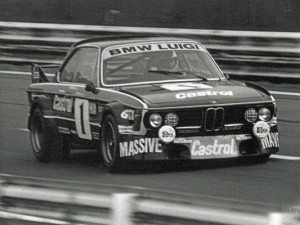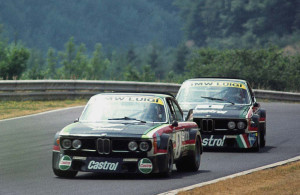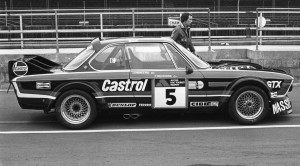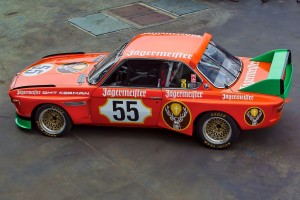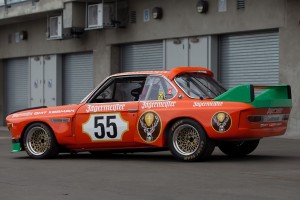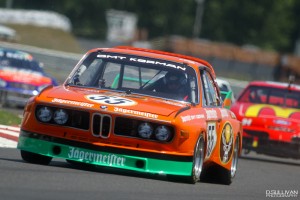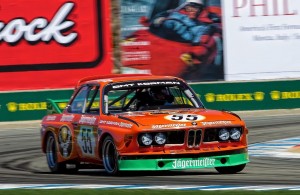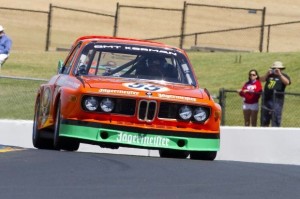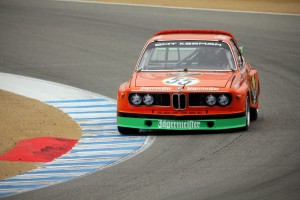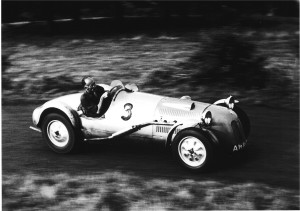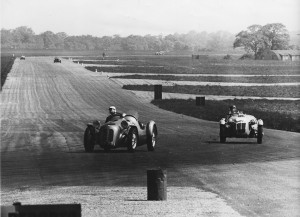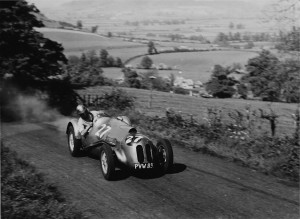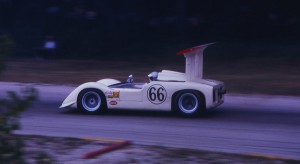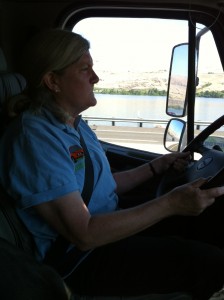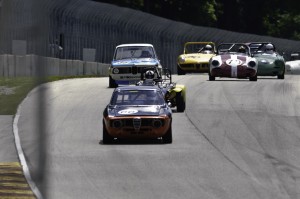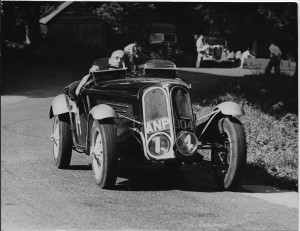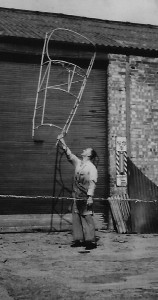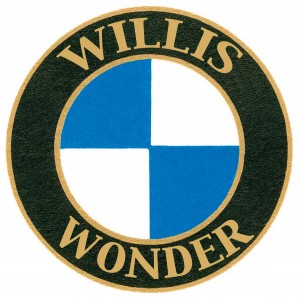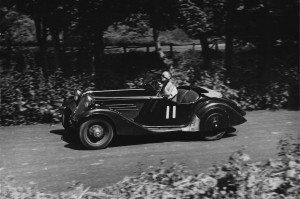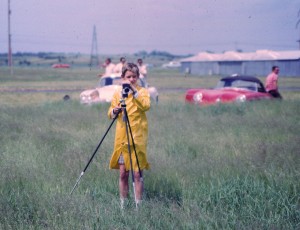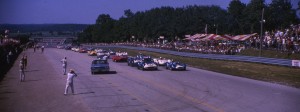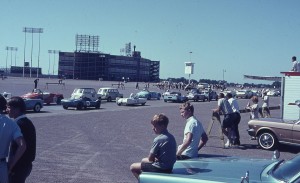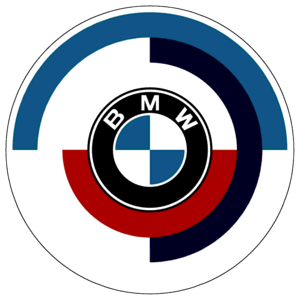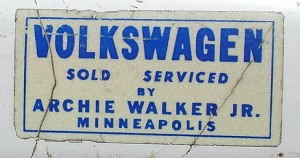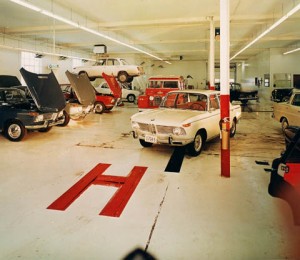Competing against some of the fastest cars of the day, Willis had a great day.
The race was won by Reg Parnell’s Cooper Bristol. Then followed 2 Connaught A-types, and a Ferrari 125/66. Willis finished a credible 5th, and in the process set a two litre lap record of 85.5 MPH.
As the 1952 season wound down Willis and Bulmer recognized that there were changes coming in the various Formulae. They also realized that they could no longer compete effectively with a car that was also being driven daily on the open roads. So they began to plan for the 1953 season. These plans developed into a special built and extremely light weight 1500 cc car with a steel space frame designed by Bulmer. Bulmer even designed a special short throw crankshaft that they planned to use in the new car.
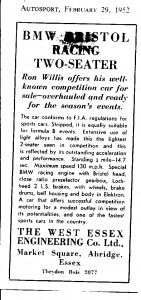
Unfortunately reality caught up with the team as business set-backs caused Willis to have to sell his garage, and the partially finished race car they were building for 1953. 51203 also had to be sold and was offered in this ad in the Fall of 1952. This set-back also proved to be the end of Willis’ racing career.
The car was purchased by Berwyn Baxter who raced it throughout the 1953 season. The car appeared on entry lists as the “LMC Bristol,” so named for Willis’ now defunct garage, the Loughton Motor Company. 3rd place finishes at AMOC’s Silverstone race in August, and BARC’s Goodwood race in September comprised the highlights of that season.
Baxter bought a C-type Jaguar for the 1954 season so 51203 was idled, and finally it was offered for sale through the Scarth Hill Motor Co Ltd in Ormskirk. Cedric Brierly purchased the car in December 1954 for 365 Pounds. He intended to transplant the engine from the car into his own BS Special. Fortunately his plans changed and he sold the car to Peter Sims of Sheffield before it could be cannabalized.
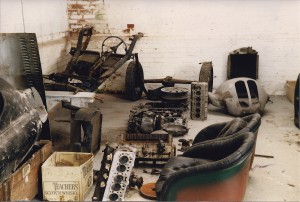
The car ran two more races at Silverstone. The first was in July 1955, and finally in October 1956. It is thought to have then been converted back to street car, and it thus disappeared until 1967 when its newest owner, Paul Spencer, wrote to both Bulmer and Willis seeking additional information about the car in preparation for restoration. It was now in several hundred pieces, with its magnesium body long since rotted away and sold for scrap.
It then went through a series owners, John Baker (1968-1983), Fuad Mazjub (1984-1989), and Brian May (1989-2001), each of whom had the best intentions of putting the car back together.
But it was not until it came to Proby Cautly in 2001 that 51203 was finally and properly restored to its former glory. The car was completely refurbished by Neil Davies Historic Racing in Hertfordshire during 2002-2003. The car still retained its Frazer-Nash Type 40 chassis (#51203) and the 2 litre BMW engine (#361672) with the Bristol head. The biggest challenge was that a new body, faithful to the original had to be fabricated. However, due to safety concerns this one was made out of aluminum. The original cast magnesium wheels were also duplicated by Crosthwaite & Gardner using modern materials and techniques which resulted in much safer wheels.
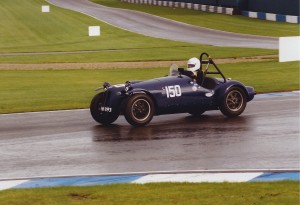
Mr. Cautley ran the car in several vintage events until he sold it back to John Baker who wanted to satisfy his curiosity as to how the car actually performed.
From Baker it went to Paul Evans in 2008. Mr. Evans converted it back to street use, removing the roll bar and adding the gauges and lights necessary to obtain an MOT Certificate.

